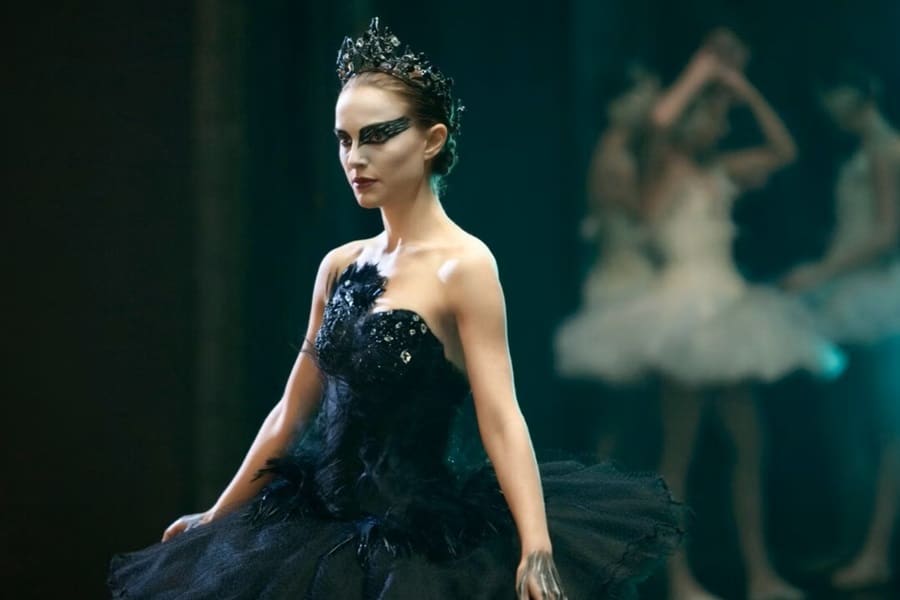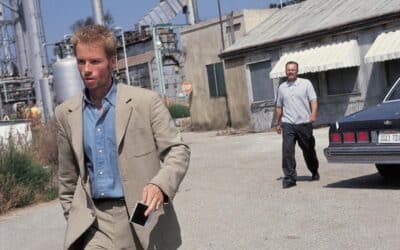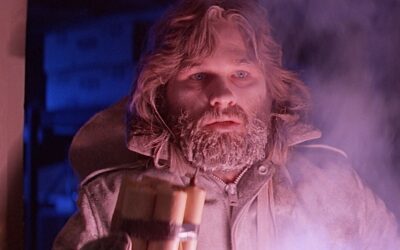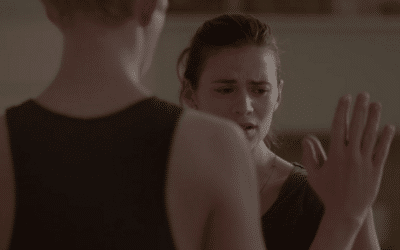
The Dark Side of the Mind
There is a corner of the human mind where shadows lurk, where the line between sanity and madness blurs. This is the territory where mystery writers often wander, exploring the depths of human depravity and the darkness within. The allure of these stories lies not just in the crime itself but in the psychological labyrinth that surrounds it.
Gillian Flynn’s “Sharp Objects” unearths the sinister undercurrents in a small town. Camille Preaker, a journalist fresh out of a psychiatric hospital, returns to her hometown to cover the murders of two preteen girls. Her investigation is as much about unraveling the crimes as it is about confronting her own haunted past. The novel peels back layers of familial dysfunction and trauma, revealing the stark brutality that people can inflict on themselves and each other.
In Paula Hawkins’ “The Girl on the Train,” the narrative plunges into the unreliable depths of the human mind. Rachel Watson, an alcoholic reeling from a failed marriage, becomes entangled in a missing persons case. Her fragmented memories and the fog of her addiction create a nightmarish puzzle. As she pieces together the truth, the novel exposes the dark impulses lurking beneath the surface of suburban life.
Television, too, has delved into the darker recesses of the psyche. “True Detective,” particularly its first season, paints a bleak portrait of existential dread and moral decay. Detectives Rust Cohle and Marty Hart investigate a series of gruesome murders in Louisiana. The case becomes a descent into a world of occult rituals and deep-seated corruption. The show’s nihilistic tone and philosophical musings draw viewers into a contemplation of evil’s nature and the human mind’s capacity for darkness.
David Fincher’s “Mindhunter” offers a more clinical approach to the darkness within. Based on the true-crime book by John E. Douglas and Mark Olshaker, the series follows FBI agents Holden Ford and Bill Tench as they interview imprisoned serial killers to understand their psyche. The show examines how exploring the minds of monsters can leave those who do the probing scarred and changed. The procedural aspect is secondary to the chilling insights into human nature.
In literature, Patricia Highsmith’s “The Talented Mr. Ripley” is a chilling exploration of amorality. Tom Ripley, a charming sociopath, manipulates and murders his way through a life of deception. Highsmith’s portrayal of Ripley’s justifications and rationalizations forces readers to confront the unsettling idea that the capacity for evil lies dormant within everyone, awaiting the right circumstances to surface.
Dennis Lehane’s “Shutter Island” thrusts its protagonist, Teddy Daniels, into a maelstrom of psychological horror. As he investigates the disappearance of a patient from a mental institution, Daniels grapples with his own sanity. The island, shrouded in mystery and madness, becomes a character in itself. The novel’s twist forces a reevaluation of the boundaries between reality and delusion.
On the big screen, Darren Aronofsky’s “Black Swan” explores the descent into madness. Nina Sayers, a ballerina, strives for perfection in a role that demands her to embrace both light and dark aspects of her character. The film’s claustrophobic atmosphere and hallucinatory visuals capture the fragility of the human mind under pressure. Nina’s transformation is both terrifying and tragic, a stark reminder of the mind’s capacity to fracture.
Michael Haneke’s “Cache” (Hidden) examines guilt and paranoia. Georges, a television host, receives anonymous videotapes showing surveillance of his home. The intrusion triggers a downward spiral as Georges confronts buried secrets from his past. The film’s slow burn and unflinching gaze delve into the psychological toll of hidden sins and the inescapable nature of guilt.
These stories, whether on the page or the screen, resonate because they tap into universal fears and fascinations. They confront the uncomfortable truth that the mind, for all its rationality, harbors darkness. The boundary between sanity and madness is perilously thin, and the right—or wrong—circumstances can tip the balance.
In the world of crime and mystery fiction, the darkest corners of the human mind are not just settings but essential characters. They drive the narrative, shape the plot, and compel the characters to confront their deepest fears. The appeal lies in the recognition of our own vulnerabilities and the uneasy acknowledgment that the monsters are not always external. The most terrifying darkness often comes from within, lurking just beyond the edges of our understanding.
Similar Features
Psychological Manipulation in Thrillers
Memory, Identity, and Madness
Tropes of Psychological Horror
When Your Mind Plays Tricks on You
Unnerving Psychological Horror
A Journey into the Dark Corners of the Mind



